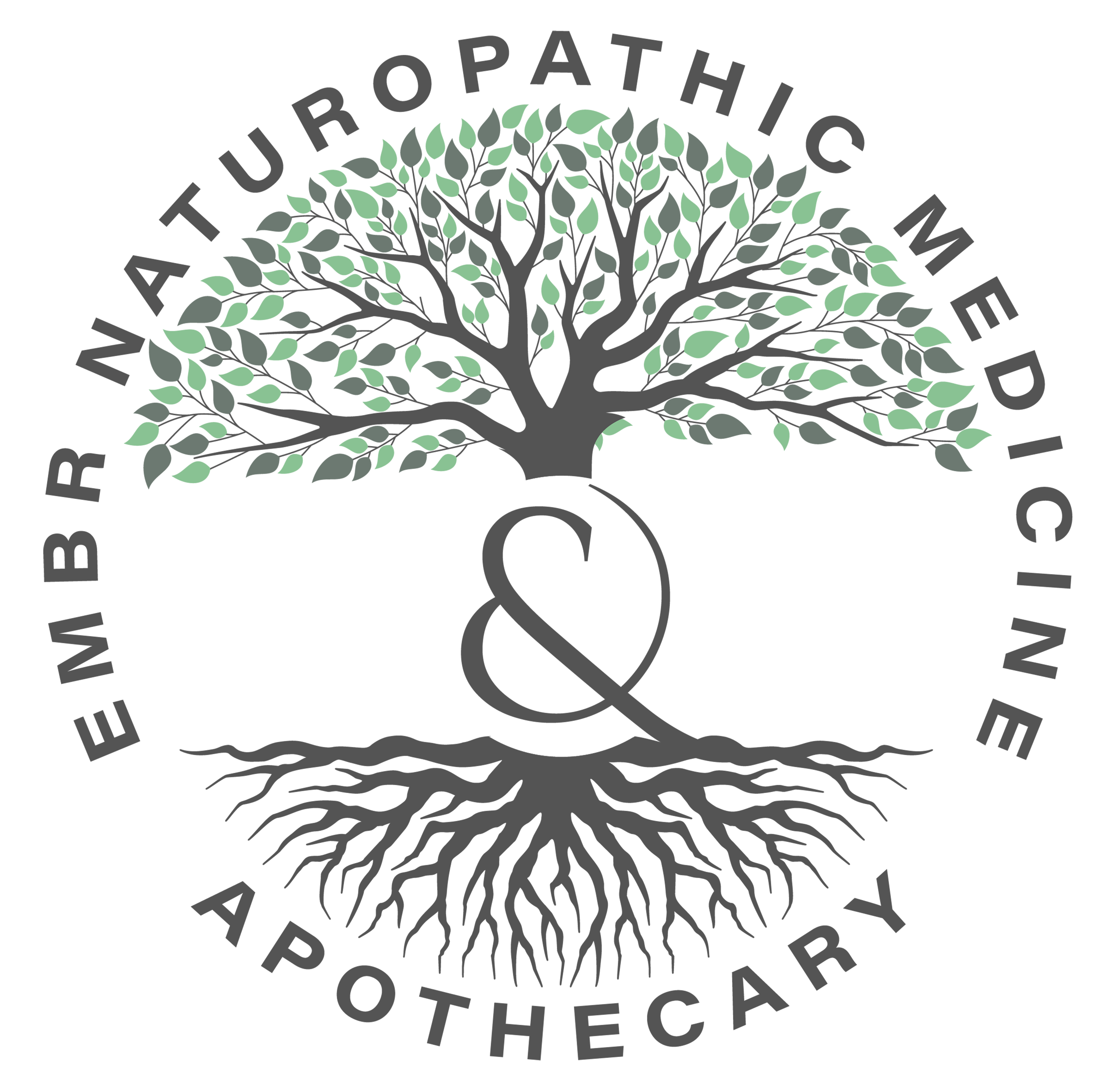
Perineural Injection Therapy (PIT) is a form of injection therapy that was initially developed specifically for the treatment of both acute and chronic pain conditions. Dr. John Lyftogt of New Zealand is the doctor that developed this technique of injection therapy for pain management; however, it appears that it may have more widespread implications for the treatment of other neurological conditions, as well.
What Is Perineural Injection Therapy? What Research Is Behind It?
There are many different forms of injection therapy out there; however, unlike platelet rich plasma (PRP) or prolotherapy, for example, both of which can be more invasive based on the blood processing, as well as the solution being used and the depth of injections, PIT on the other hand, is actually using a very dilute glucose solution that is injected with a very small gauge needle, and all of the injections are subcutaneous (i.e. just underneath the skin), and typically only enter the skin ¼ of an inch.
The research behind this therapy is supported by in-vitro (i.e. laboratory) isolation of the sensory nerve fibers that send pain signals to the brain, and the deprivation of these nerve fibers of different isolated nutrients, including oxygen. Essentially, what was found was that when these nerve fibers were deprived of glucose, they sent pain signals to the brain three times more rapidly than when they were deprived of oxygen, nitrogen, lactic acid, or any other nutrient.
Therefore, Dr. Lyftogt developed a technique of injecting a 5% glucose solution “peri-neurally,” essentially next to these nerve fibers, that are inflamed and unable to receive the glucose from adjacent blood vessels directly.
Is It Safe?
Perineural injection therapy is using a very dilute solution of naturally-occurring glucose in a base of sterile water, to essentially provide the injured and inflamed nerve fibers that have been deprived of essential nutrients to heal themselves. Not only is this therapy comparatively noninvasive, due to how shallow the injections are, but it is also allowing the nutrients to travel along the nerve branches, effectively helping to lower the inflammation in the strangulated nerve fibers that have been cut off from the microvasculature and circulation.
How Does It Work?
There are essentially two parts to these injections: 1. Providing the nerve fibers with the nutrients they require to heal themselves / lower inflammatory processes; 2. The actual stream of fluid that is exiting the needle is moving at such a high speed, that it is essentially the stream of fluid that enters the skin first, and the needle is merely following. Therefore, there is also a mechanical aspect to these injections, which involves working on breaking up the adhesions throughout the layers of facia that are just underneath the skin. Essentially, when you think about all of the layers of muscle and thick connective tissue (i.e. fascia) that these nerve fibers have to travel through in order to get to your skin, it is easy to understand how the excess pressure and tension on these tiny nerve branches can cause a significant amount of inflammation and chronic pain.
Is It Effective?
One of the most incredible things about PIT is just how quickly patients experience pain relief. Typically, within minutes of the injections, you will begin to notice a sensation of overall relaxation in the muscles and fascia, as well as pain relief. It is not uncommon for patients to enter the office unable to walk due to pain, and walk out feeling like a completely different person, with much greater mobility and range of motion. The nice thing about PIT is that as long as we work on the underlying structural components, and treating the cause of the pain in addition to PIT, we can essentially heal the nerves so that acutely and chronically painful conditions are treated for more long-term periods of time.
What Else Can It Potentially Be Used For?
Not only has PIT been found to be particularly helpful for treating conditions involving pain, but it has also been used to treat other neurological conditions, including motor and sensory dysfunction / loss, as well. PIT has been used for conditions ranging from post-disc herniation motor and sensory loss to certain regions of the leg(s) and/or feet, to Bell’s Palsy / facial nerve paralysis, and even to more complex conditions, such as improving the quality of life in ALS. The implications for the use of PIT appear to be much more far-reaching than its initially intended purpose.
Where Can I Receive Perineural Injection Therapy Treatment?
For more information on PIT, please contact us to set up a complimentary phone call to learn more about how PIT can help you!
